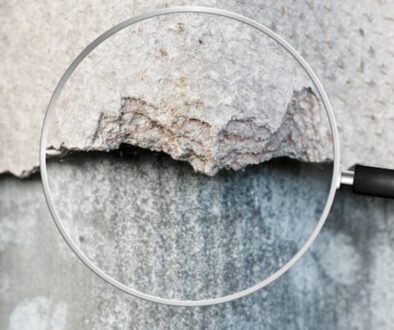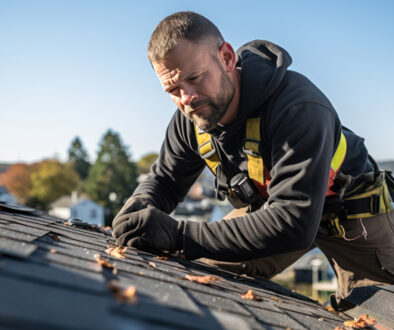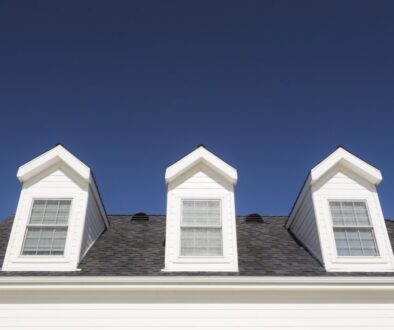How Do I Know if My Roof Has Wind Damage?
Severe winds are one of the leading causes of damage in southern states, such as North Carolina, South Carolina, and Virginia. Years of wear and tear from heavy rain and tropical storms can also damage a roof over time. Even animals pose a threat to your roof, as they look for warm places to dwell.
Roof maintenance is one of the top ways to protect your home. Why? Because your roof is your home’s first line of defense against both natural elements and animal intrusions. A roof with wind damage left unrepaired can lead to future costly problems, such as water damage or even structural deterioration.
Causes of Roof Damage
- Wind storms
- Thunderstorms
- Hail storms
- Hurricanes
- Tornados
- Tropical storms
- Ice
- Heavy snow
- Age / wear and tear
- Animals
At StayDry Roofing, we recommend learning the signs of wind damage, so you know when your roof needs attention. And as always, when in doubt, contact a professional roofing expert. StaDray Roofing offers free roof inspections year-round.
Do you suspect wind damage to your roof?
Our experts at StaDry Roofing can inspect your roof and make an assessment.
Contact us today for your FREE consultation!
Three Warning Signs of Wind Damage to Your Roof
Water Intrusion
Water damage is often one of the first signs of wind damage to your roof. High winds can tear away roof structures and allow water to seep into your home or pool in your roof.
Watch out for these signs of water intrusion:
- Water dripping inside your home
- Leaks in the attic
- Water stains on the celling or walls
- Bubbles in the ceiling or walls
- Cracked paint on walls
Damaged Shingles
High winds can loosen shingles or cause them to tear off completely. Wind damage to roof shingles can look like shingles that are peeling, chipped, torn, missing, or even flapping on a windy day. If you have a tile roof, cracked or broken tiles could be signs of wind damage.
Roof Debris
After severe high winds, you may notice debris in your yard or near your home. If you find whole shingles or pieces of loose shingles or tiles on your lawn, this is a sign you should check your roof for wind damage and call a professional right away.
BONUS TIP: For shingled roofs, be sure to check your downspout drain, water diverter, or splash block for shingle granules. An excess of granules found over time means that your shingles are likely deteriorating and your roof needs attention or replacement.
How to Check Your Roof for Wind Damage
We recommend inspecting your roof for damage after hail or high winds from tropical storms and other strong storms. Take a walk around all sides of your home and inspect your roof from the ground level. Use binoculars, if needed, to take a closer look at suspect areas of your roof for any damaged shingles. Inspect all roof surfaces, including the fascia and gutters. Look for broken or missing shingles, loose panels, damaged ventilation pipes, and bent fascia.
Examine the structures around your chimney too. Does the seal around your chimney look bent or missing? As mentioned above, also check for loose roof pieces around your property.
NOTE: You may not be able to see the full extent of any roof damage from simple ground-level observation. That’s why severe (or even minor) roof damage requires a professional inspection. And don’t rely on roofing storm chasers.
What to Expect During a Roof Inspection
During your roof inspection, a trained roofing expert will climb onto your roof to closely examine your roof shingles or tiles, roof and window flashing, gutters and downspouts, and chimney for any signs or wear or damage. The roof inspector will also take photos of any damage to show you.
Not sure what’s considered wind damage to a roof?
You can trust the roofing experts at StaDry Roofing to properly assess your roof’s condition.
We can easily inspect your roof to determine if you need a roof replacement, just a repair, or if there’s no problem at all.




